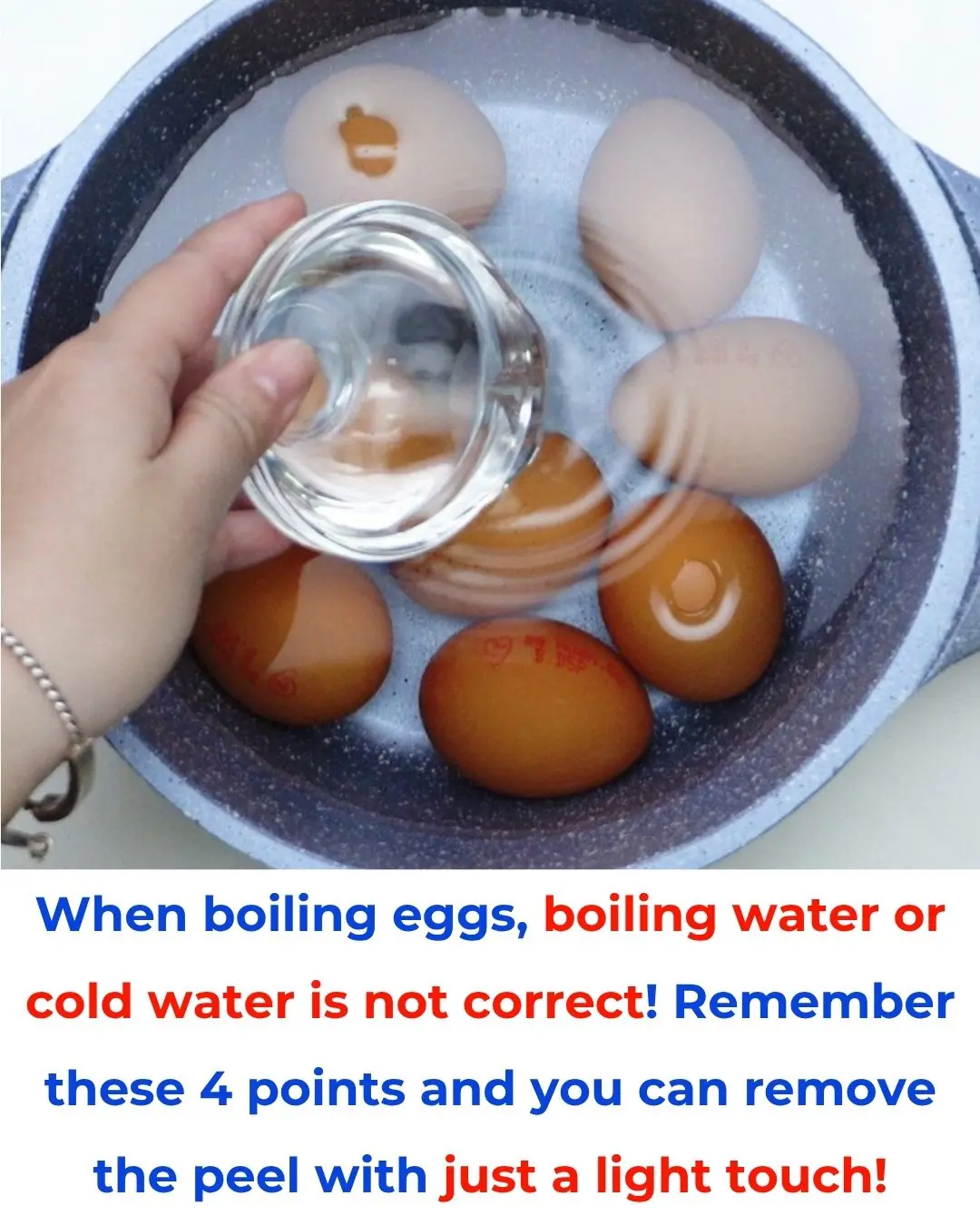
How to grow sweet potatoes in soil bags using potato sprouts

How to Grow Sweet Potatoes Easily and Achieve a High Yield Using the Water Sprouting Method
Sweet potatoes are not only easy to grow but also deliver an impressively high yield when cultivated correctly. One particularly effective and simple technique is sprouting the tubers in water before planting. This method helps you obtain strong, healthy seedlings, ensuring vigorous growth and abundant harvests later on.
Sweet potatoes are an excellent source of carbohydrates and dietary fiber. They also contain essential vitamins such as A, C, and B6, which contribute to improved digestion, enhanced immunity, and better overall health — especially for the digestive tract.
Best Time to Plant
Although sweet potatoes can be grown all year round, they thrive best when planted between February and March, during the warmer, sunnier months. The plant can be propagated either from vines or tubers, but vines used for planting must be healthy, pest-free, and not yet rooted or flowering. To ensure a strong start, the most reliable method is sprouting sweet potato vines from the tubers themselves.
Preparation
You will need:
-
1–2 healthy sweet potatoes (depending on how many you plan to grow)
-
Regular planting soil (you can enrich it with organic fertilizer or compost for better growth)
-
1 cup or glass of clean water
-
A few wooden toothpicks
Tip: Choose large, firm, and unblemished sweet potatoes from a delicious variety that you’d actually like to eat. Avoid using any tuber that shows signs of rotting or insect damage.
Step 1: Sprouting the Sweet Potatoes
-
Cut and Prepare:
Slice the sweet potato in half crosswise. Insert 3 toothpicks around the middle of each half to serve as a support when placing it in the glass. -
Soak in Water:
Fill your cup with clean water and place the sweet potato halves in it so that only the lower half is submerged. The upper portion should remain exposed to air and light. -
Wait and Watch:
Position the cup in a bright area that receives indirect sunlight. After a couple of weeks, you’ll notice roots beginning to form on the submerged part while green shoots start sprouting from the upper section. -
Encourage Growth:
Once the sprouts reach around 8–10 cm (3–4 inches) in height, gently twist or cut them off from the potato. Place these shoots into a separate bowl or jar of water to help them grow stronger roots before planting in soil.
💡 Additional Tip: Change the water every 2–3 days to prevent bacterial buildup and ensure the developing roots receive enough oxygen.
Step 2: Planting the Sprouted Vines
When your shoots have formed sufficient roots, they are ready to be planted.
-
Prepare the Soil:
Use moist, well-drained soil in small pots, grow bags, or directly in the garden. If planting several vines together, leave enough space between each one (at least 20–30 cm) to allow the roots and tubers to develop fully. -
Planting:
Make small holes, place each rooted sprout inside, and gently cover the base with soil. Water lightly right after planting to help the roots settle. -
Care and Maintenance:
-
Water regularly, especially during dry or hot days, but avoid overwatering to prevent rot.
-
Place the plants in a location with plenty of sunlight — sweet potatoes need 6–8 hours of sunlight daily for optimal growth.
-
As the vines grow longer, you can guide them to climb on a small trellis or let them sprawl naturally along the ground.
-
-
Fertilizing:
After about one month, when the plants begin forming tubers, apply a small amount of organic or compost fertilizer around the base of each plant. This will help enhance both yield and flavor.
Harvest Time and Final Tips
Depending on the variety, sweet potatoes are usually ready for harvest after 3–5 months. You’ll know it’s time when the leaves begin to yellow slightly, and the soil around the base starts to crack — a sign that large tubers have formed.
During the growing season:
-
Protect your plants from extreme heat by using light shading if necessary.
-
Keep the soil moist but not soggy.
-
Occasionally trim long vines to direct more energy into developing the tubers.
When harvested at the right time, your sweet potatoes will be large, sweet, and full of nutrients — perfect for roasting, boiling, or baking.
With just a little patience and care, this simple water-sprouting method will reward you with a plentiful, healthy crop. 🌱
Happy gardening and good luck with your sweet potato harvest!
News in the same category


The sink is clogged with hot water: Do this immediately to quickly unclog it and remove the bad smell.

How to make your own toilet deodorizer using ingredients available at home

Yellow pillow stuffing with tiny spots that can't be washed off with soap: Soak it in this and it will be spotlessly clean.

Experienced tofu maker guides how to distinguish clean tofu and tofu containing gypsum

Beef is often tough, marinate with salt "the tougher it is": Marinate with this, the meat will be tender, stir-fry with rich flavor, delicious

Don't throw away leftover cold rice, mix it with soap to solve difficult problems in the house.

How to Wash and Condition Your Hair with Beer to Reduce Hair Loss and Stimulate Continuous Hair Growth

7 Early Signs of Stomach Cancer Everyone Should Know to Prevent Distant Metastasis

Banana peel mixed with laundry detergent works great

Stuffing a piece of steel wool into a plastic bottle has great effects. If you know how to use it, everyone wants to do it

When checking out of the hotel, don't be foolish and fold your blankets or pillows. Anyone who doesn't know will only be at a disadvantage

When boiling eggs, boiling water or cold water is not correct! Remember these 4 points and you can remove the peel with just a light touch!

5 things you absolutely should not put in the washing machine. They cannot be washed clean and are dangerous

5 Fruits Listed in the ‘Black Book’ That Can Cause Cancer Cell Growth: No Matter How Cheap, Don’t Buy or Eat Them

A Man Who Didn’t Drink Alcohol Dies of Liver Failure; Doctor Sighs: “Eating These 4 Foods Daily Can Destroy Even the Strongest Liver!”

Kissing Bugs and Chagas Disease: A Hidden Danger at Home

Don’t Eat Tofu Right Away After Buying — Freeze It for a Magical Effect: Wish I Knew This Sooner!

Add This One Ingredient to Your Coffee: Say Goodbye to Yellow Teeth and Bad Breath
News Post

DIY Natural Hair Dye: Turn Gray Hair Black Naturally at Home

Hidden Dangers on Your Plate: 4 “Clean” Foods That Can Secretly Harm Your Health

Fern Leaves Benefits and Uses: A Hidden Natural Remedy for Health and Home

7 Essential Leaves to Naturally Improve Your Eye Health

Miracles happen when you put a handful of peppercorns under the bed, unfortunately I just found out now

4 Unusual Signs in Your Neck That Could Be Symptoms of Cancer — Don’t Ignore Them

The sink is clogged with hot water: Do this immediately to quickly unclog it and remove the bad smell.

6 Warning Signs in Your Legs That Could Indicate a Serious Disease — Don’t Ignore Them

How to make your own toilet deodorizer using ingredients available at home

3 Nighttime Signs That May Indicate Cancer

Yellow pillow stuffing with tiny spots that can't be washed off with soap: Soak it in this and it will be spotlessly clean.

Experienced tofu maker guides how to distinguish clean tofu and tofu containing gypsum

Heal Your Thyroid Naturally in Just 3 Days!

Side Effects and Dietary Recommendations Post Gallbladder Surgery

Beef is often tough, marinate with salt "the tougher it is": Marinate with this, the meat will be tender, stir-fry with rich flavor, delicious

The Meaning Behind the WC Toilet Sign

Don't throw away leftover cold rice, mix it with soap to solve difficult problems in the house.

Be Very Careful: If You Notice This Growth on Your Skin, It Could Be Something Serious
